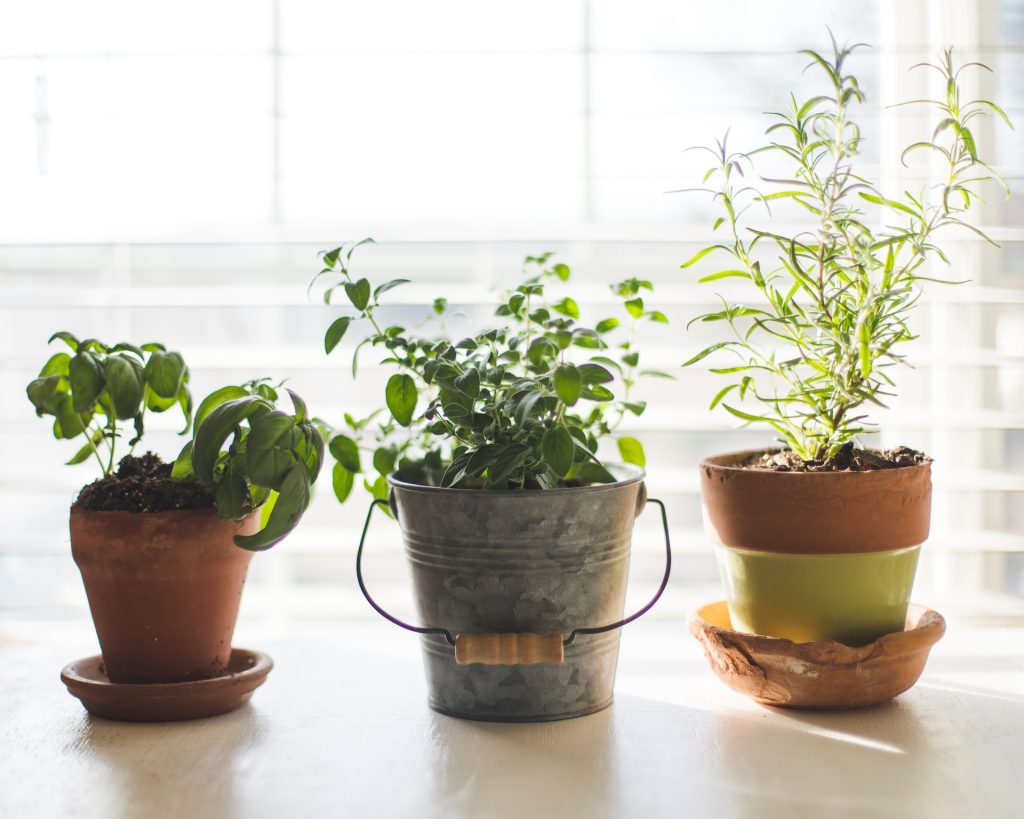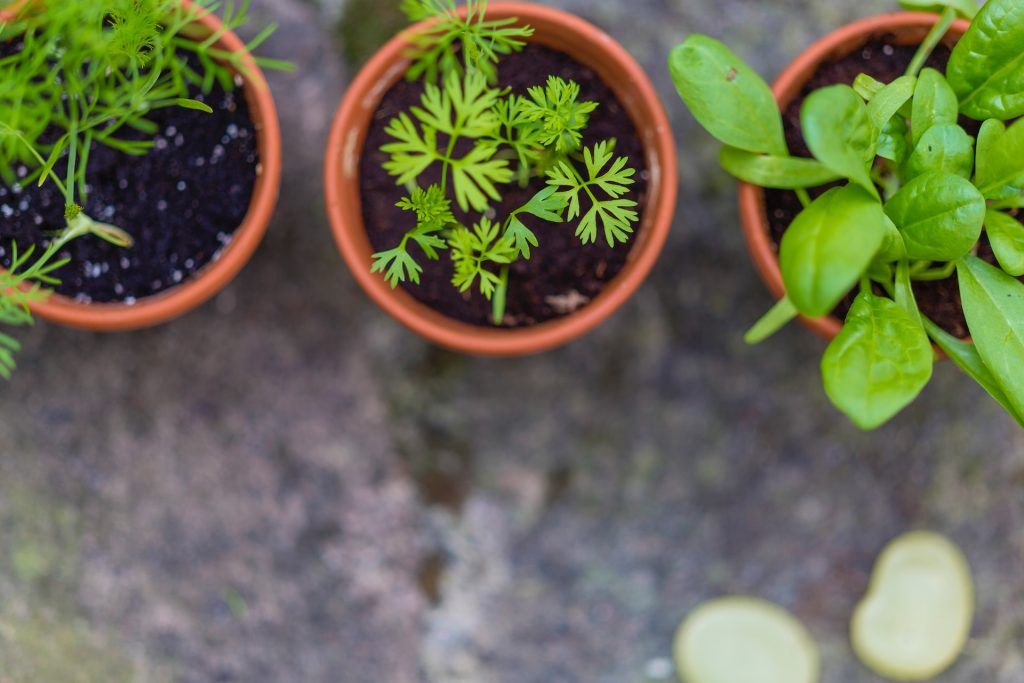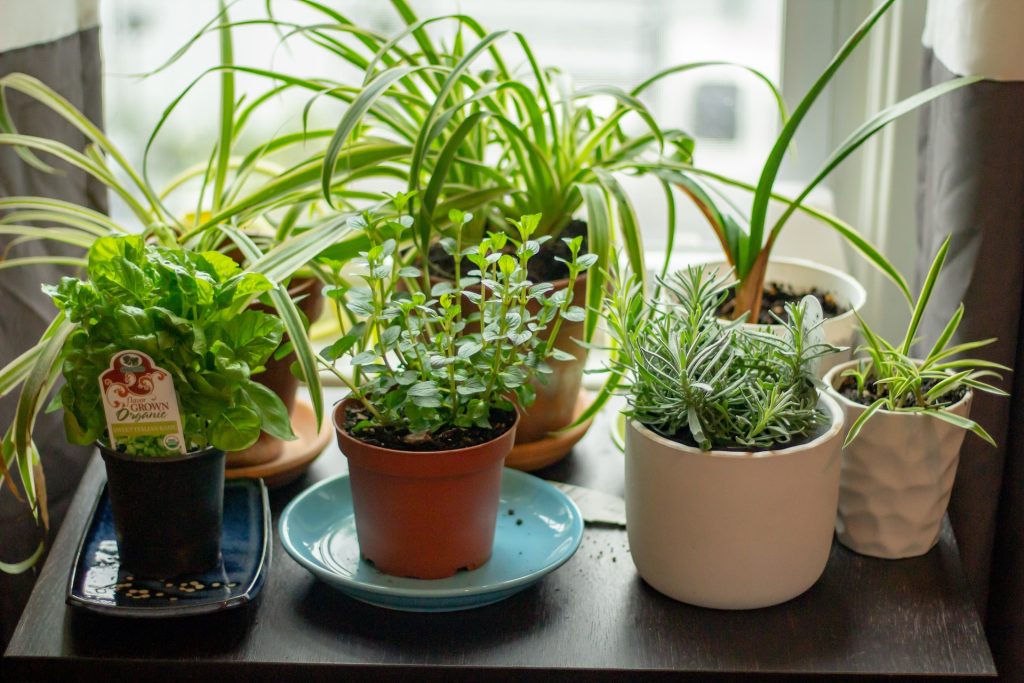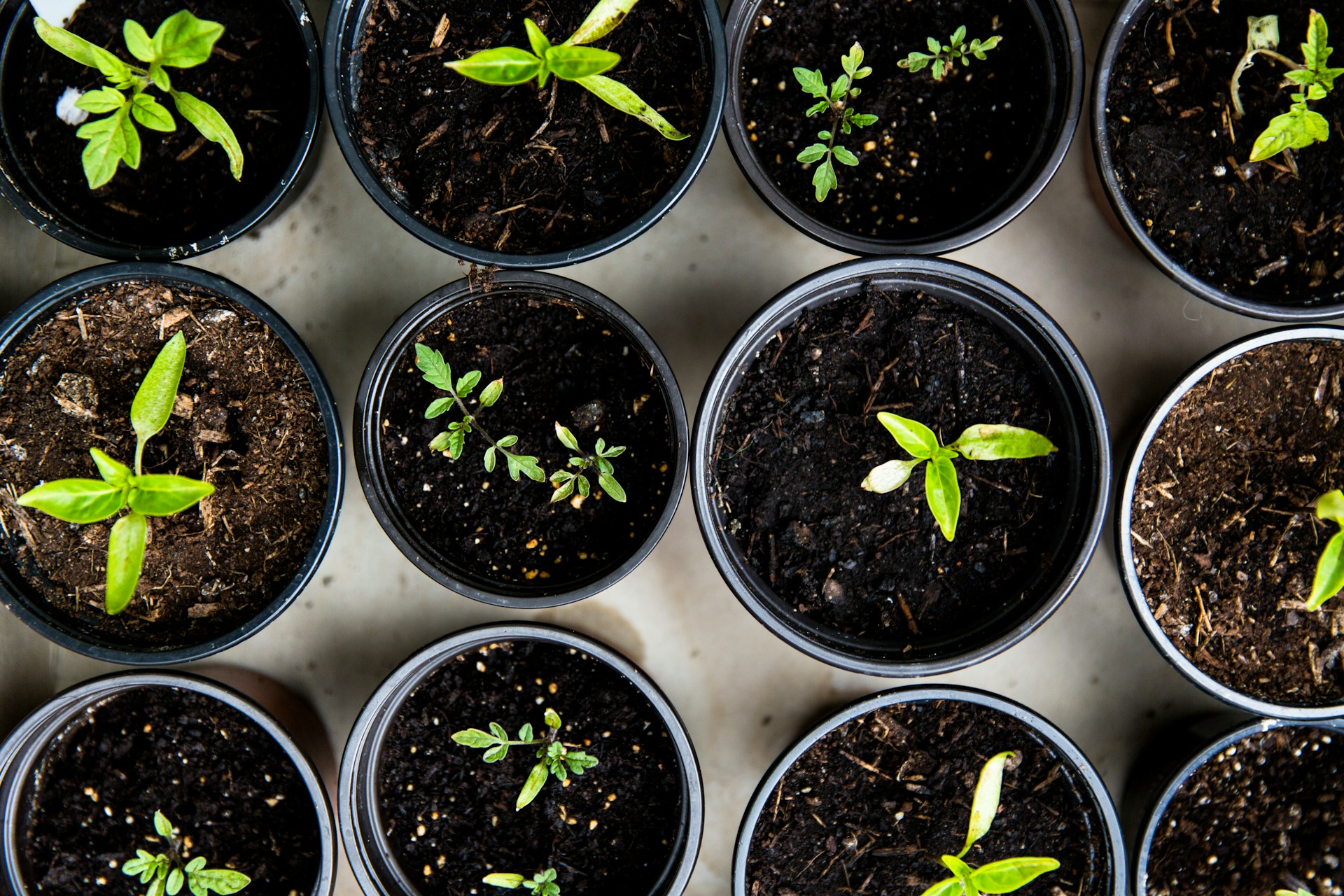If you’ve been searching for a way to bring the joys of gardening into your indoor space, look no further. In this blog post, we will explore the fascinating world of growing herbs indoors. Not only will this endeavor add beauty and charm to your home, but it will also provide you with fresh, aromatic flavors for your culinary creations. So, let’s dive into the wonderful world of indoor herb gardening!

Benefits of Indoor Herb Gardening
Creating an indoor herb garden offers numerous advantages and rewards. Firstly, having fresh herbs readily available right in your kitchen allows you to enhance the flavors of your dishes effortlessly. It also inspires creativity in the culinary arts as you experiment with a range of fragrant herbs. Additionally, indoor plants purify the air by releasing oxygen and absorbing toxins, promoting a healthier living environment.
Choosing the Right Herbs for Indoor Gardening
Not all herbs thrive indoors, so it is essential to choose those that adapt well to indoor conditions. Here are some popular herbs that are known to flourish indoors:
a) Basil
Basil is a sun-loving herb that thrives in warm environments. Cultivating this aromatic delight indoors requires a sunny spot near a window or under grow lights. When growing basil, remember to pinch off the leaves regularly to encourage bushier growth.
b) Mint
Indulge in the refreshing scent and invigorating taste of mint by bringing this versatile herb indoors. Mint thrives in partial shade and moist soil. However, be cautious – mint has a tendency to spread rapidly, so it is best grown in a container to control its growth.
c) Chives
Known for their delicate onion flavor, chives are a fantastic addition to any indoor herb garden. These resilient herbs prefer cooler temperatures and require moderate sunlight. You can harvest the leaves regularly, ensuring healthy growth and repeated harvests.

The Art of Indoor Herb Care
Now that we have chosen our herbs let’s delve into the art of caring for these green beauties.
a) Light Requirements
Most herbs require at least six hours of direct or indirect sunlight each day. Placing your indoor herb garden near a south-facing window is ideal. If natural light is limited, consider installing full-spectrum grow lights to ensure your herbs receive the light they need.
b) Watering
Proper watering is crucial for the health of your indoor herb garden. While it’s important not to overwater, be mindful of allowing the soil to dry out completely. A good rule of thumb is to water your herbs when the top inch of soil feels dry to the touch. Remember, each herb has its own watering needs, so do some research on the specific requirements of your chosen herbs.
c) Soil and Fertilizer
Herbs thrive in well-draining soil. Consider using a high-quality potting mix or creating your own blend by combining compost, perlite, and peat moss. To keep your herbs healthy and nourished, use a balanced organic fertilizer every few weeks during the growing season.
Harvesting and Preserving Herbs
One of the joys of indoor herb gardening is harvesting your own fresh herbs for culinary adventures. To ensure continuous growth, remember to prune your herbs regularly, promoting bushier plants. You can preserve excess herbs by freezing them in ice cube trays with water or oil, or by drying them in a well-ventilated area. These preserved herbs will be a delightful reminder of your indoor garden during the winter months.

Congratulations, dear green thumbs, you are now equipped with the knowledge to embark on your indoor herb gardening journey. By bringing the beauty and fragrance of herbs into your home, you’ll delight in both the visual appeal and practical benefits of these lovely plants. So gather your seeds, pots, and watering cans, and let the magic of indoor herb gardening begin. Happy growing!





